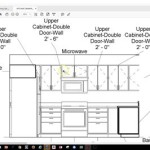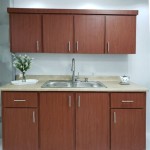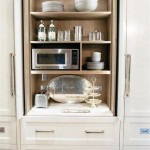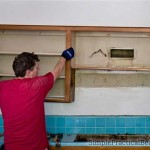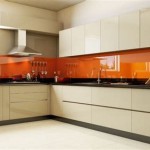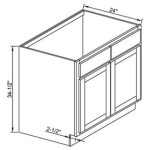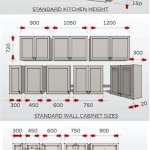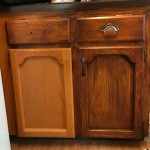Kitchen Cabinet Mounting Plates: Essential Aspects for a Secure Installation
Kitchen cabinet mounting plates play a crucial role in ensuring the stability and durability of your kitchen cabinets. These inconspicuous yet essential components provide a strong and secure foundation for your cabinets to rest upon. Understanding the key aspects of mounting plates is crucial for a successful and long-lasting cabinet installation.
Types of Mounting Plates
Mounting plates come in various types, each designed for specific cabinet construction materials. The most common types are:
- Face Frame Mounting Plates: Used for cabinets with face frames, these plates mount to the front of the cabinet box.
- Frameless Mounting Plates: Designed for frameless cabinets, these plates attach directly to the cabinet sides.
- Euro Mounting Plates: Used for European-style cabinets, these plates feature a unique interlocking mechanism for easy installation.
Materials and Durability
Mounting plates are typically made of durable materials such as steel or aluminum. Steel plates offer superior strength and rigidity, while aluminum plates are lighter and resistant to corrosion. The thickness and gauge of the plate will also contribute to its overall strength.
Height Adjustments
Many mounting plates feature adjustable height slots or holes. This allows you to fine-tune the height of the cabinets and ensure a level installation. It is crucial to adjust the height accurately to prevent the cabinets from sagging or becoming unlevel over time.
Load Capacity
The load capacity of mounting plates varies depending on the type and material used. The load capacity determines the weight the plates can support. It is essential to choose mounting plates rated for the weight of your cabinets and any potential additional loads, such as heavy appliances or cookware.
Ease of Installation
Mounting plates should be easy to install. Look for plates that have clear instructions and pre-drilled holes to simplify the installation process. Some plates may also have built-in leveling mechanisms, making the fine-tuning process more manageable.
Choosing the Right Mounting Plates
To select the appropriate mounting plates for your kitchen cabinets, consider the following factors:
- Cabinet Type: Determine if your cabinets have face frames or are frameless.
- Construction Material: Select plates compatible with the material of your cabinet sides or face frames.
- Weight Capacity: Choose plates rated for the weight of your cabinets and any additional loads.
- Height Adjustment: Ensure the plates have adjustable slots or holes to allow for height fine-tuning.
- Installation Ease: Look for plates with clear instructions and pre-drilled holes for a smooth and easy installation.
Conclusion
Kitchen cabinet mounting plates are essential for a strong and durable cabinet installation. By understanding their types, materials, adjustability, load capacity, and ease of installation, you can choose the right plates for your specific needs. Properly installed mounting plates will ensure your kitchen cabinets remain securely in place for years to come.

Kitchen Cabinet Wall Mounting Brackets Jet Press

Hafele Nylon Cabinet Bracket Plate Toolstation

Hanging Bracket Wall Hanger Plate 63mm Kitchen Cabinet Cupboard Mounting Overhead 150kg Load Capacity Fixing King

29008920 Cabinet Wall Hanging Plate 1 6

Wall Unit Fitting Adjustments Diy Kitchens Advice

Nylon Cabinet Hanging Bracket With Mounting Plate Pack Of 2 Ray Grahams Diy

Blum Wall Hanging Bracket Set

Wickes Cabinet Hanging Bracket And Plate 59 X 50mm 10 Pack Co

Norcks 6 Pieces 105 Hinge With Damper Standard For Kitchen Cabinet

30pcs Cabinet Hinge Repair Plate Kit Stainless Steel Cupboard Door Mounting With Holes Flat Fixing Brace Brackets S Com

